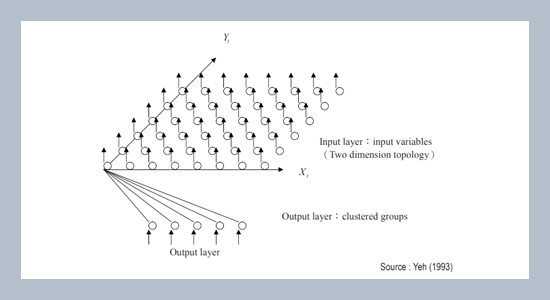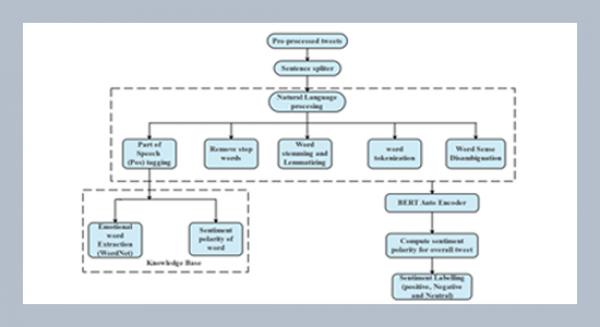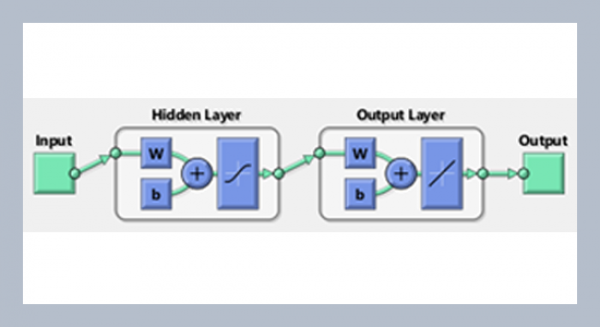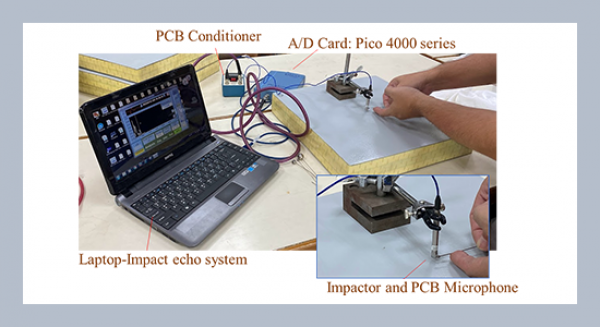Chu-Chai Henry Chan* E-Business Research Lab Department of Industrial Engineering and Management, Chaoyang University of Technology, Wufong, Taiwan, R.O.C.
Download Citation:
|
Download PDF
Online auction is a huge growing business. Most of online buyers face a big problem of predicting the seller’s behavior to submit a reasonable price for wining a bid. Unfortunately, auction web sites e.g. eBay provide only a user ID or nickname to identify a consumer. This situation built up a wall between users for truly knowing each other. To overcome such a problem, this research proposes a neural network model called SOM to segment online auction customers into homogenous groups. Based on the segmented groups, the behavior of online bidders can be divided into three types: patient deals, impulsive deals and analytic deals. To demonstrate the feasibility of the proposed methodology, 1470 records retrieved from Taiwan eBay are used to conduct an empirical study. In conclusion, the percentages of each customer type are 39.3% (impulsive deals), 27.8% (analytic deals) and 32.2% (patient deals). The analyzed result shows that more than sixty percent of bidder’s behave rationally and patiently.ABSTRACT
Keywords:
customer segmentation; neural network; online auction.
Share this article with your colleagues
REFERENCES
ARTICLE INFORMATION
Accepted:
2005-07-28
Available Online:
2005-10-03
Henry Chan, C.-C., 2005. Online auction customer segmentation using a neural network model. International Journal of Applied Science and Engineering, 3, 101–109. https://doi.org/10.6703/IJASE.2005.3(2).101
Cite this article:















